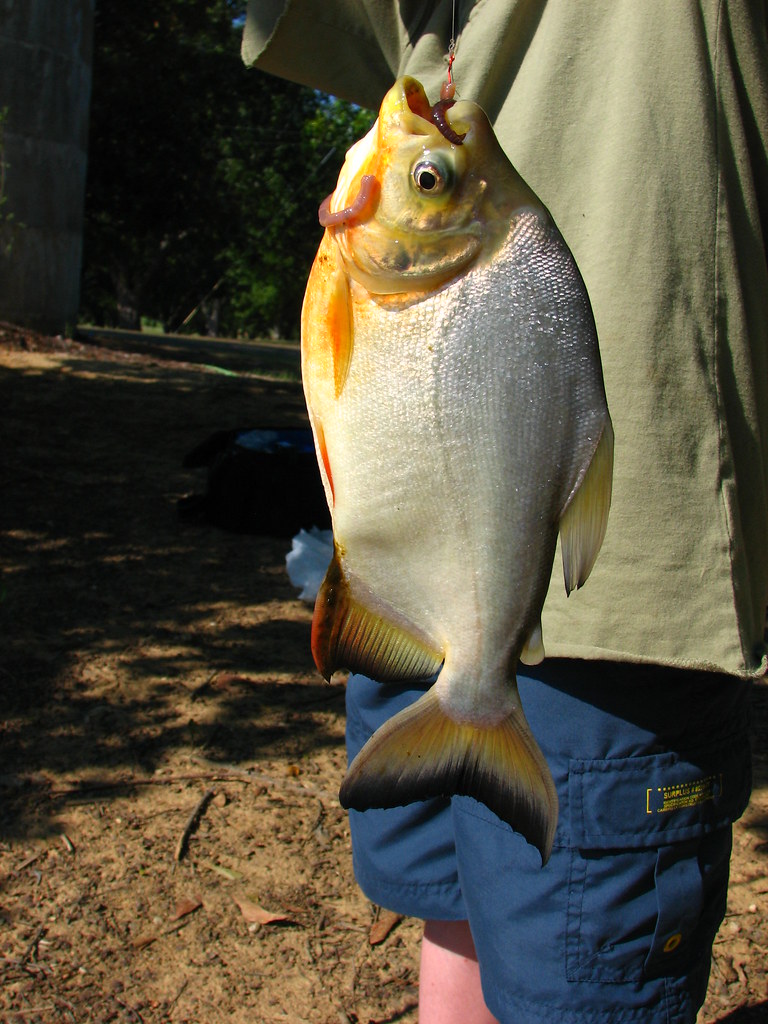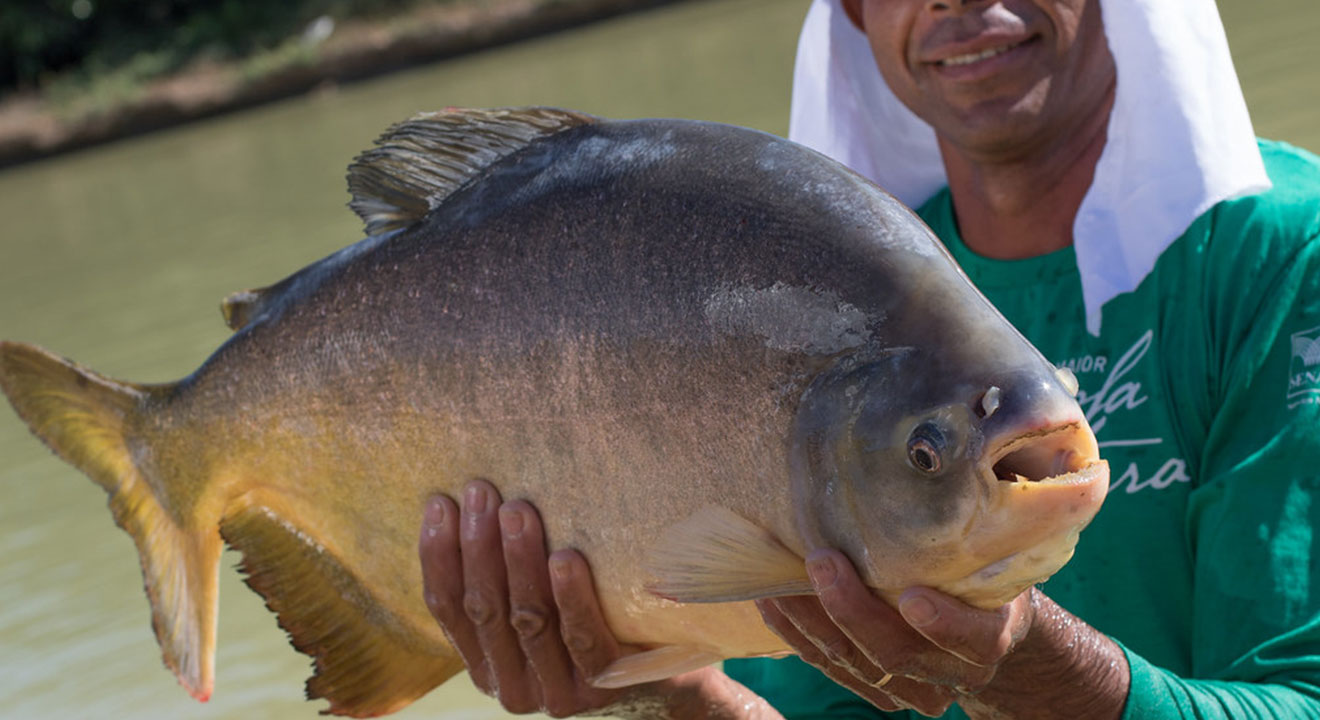Sacramento County, CA – A leisurely family fishing trip took an unexpected turn for 10-year-old Jayden Fish-Kessler on a sunny Sunday afternoon. Nestled by the banks of Dry Creek, just north of his hometown of Antelope, young Jayden was about to embark on a piscatorial adventure that would leave his family astounded.
As he cast his line into the tranquil waters of Dry Creek just upstream from Rio Linda, something extraordinary occurred. Jayden felt a sudden tug on his fishing line, and with bated breath, he began the arduous task of reeling in his curious catch. “I pulled it out of the water, I reeled it in and pulled it out. I thought it was a giant blue gill,” recounted Jayden to KCRA news.

But what he had in his hands was far from ordinary – a sizable fish sporting an ominous set of teeth. The discovery sent shockwaves through his family, prompting them to entertain the notion that Jayden had landed… a piranha.
Ten-year-old Connor McAyeal, who was downstream at the time, had a bird’s eye view of the unfolding drama. “I was downstream, so I couldn’t see, so I ran down, and I was like, ‘That’s a piranha!’ And I was like, ‘What the heck?'” exclaimed Connor.


Seeking expert validation, the family turned to KCRA 3, sharing images of the enigmatic catch with Patrick Foy, a representative from the California Department of Fish and Wildlife. Foy, although unable to conclusively identify the fish without closer examination, made an informed assessment.
“The highest probability is that it’s not a piranha; it’s a fish that looks a lot like a piranha. It’s called a pacu,” Foy declared. He went on to elucidate that pacus are frequently confused with piranhas due to their shared dental features. The critical distinction lies in their teeth: piranhas brandish sharp, menacing fangs, while pacus sport teeth eerily reminiscent of human molars. Furthermore, piranhas are classified as restricted species in California, necessitating a permit for possession. In contrast, pacus, indigenous to South America, are often found in aquariums and exotic pet stores. Unfortunately, these pacus sometimes find their way into California’s waterways when owners discard them, an act that compromises the local ecosystem.
Foy cautioned against such introductions of exotic species, warning that they can outcompete native aquatic life and disrupt the balance of the ecosystem. Should anyone encounter a fish resembling a piranha, he urged them to promptly contact the California Department of Fish and Wildlife.
“If they do have a fish that they think is a piranha, don’t throw that back. We would want to take a look at that,” implored Foy. He added, “They can take some very detailed, close photographs of the fish. In fact, open up the mouth and take very detailed photographs of the teeth, and that would help us differentiate between a pacu and a piranha.”
Foy also emphasized the illegality of transporting such fish alive and urged the public to rely on experts for handling such situations. The mysterious fish caught by young Jayden Fish-Kessler serves as a reminder of the delicate ecological balance that California’s waterways depend on, prompting vigilance and responsible stewardship from all residents.

















